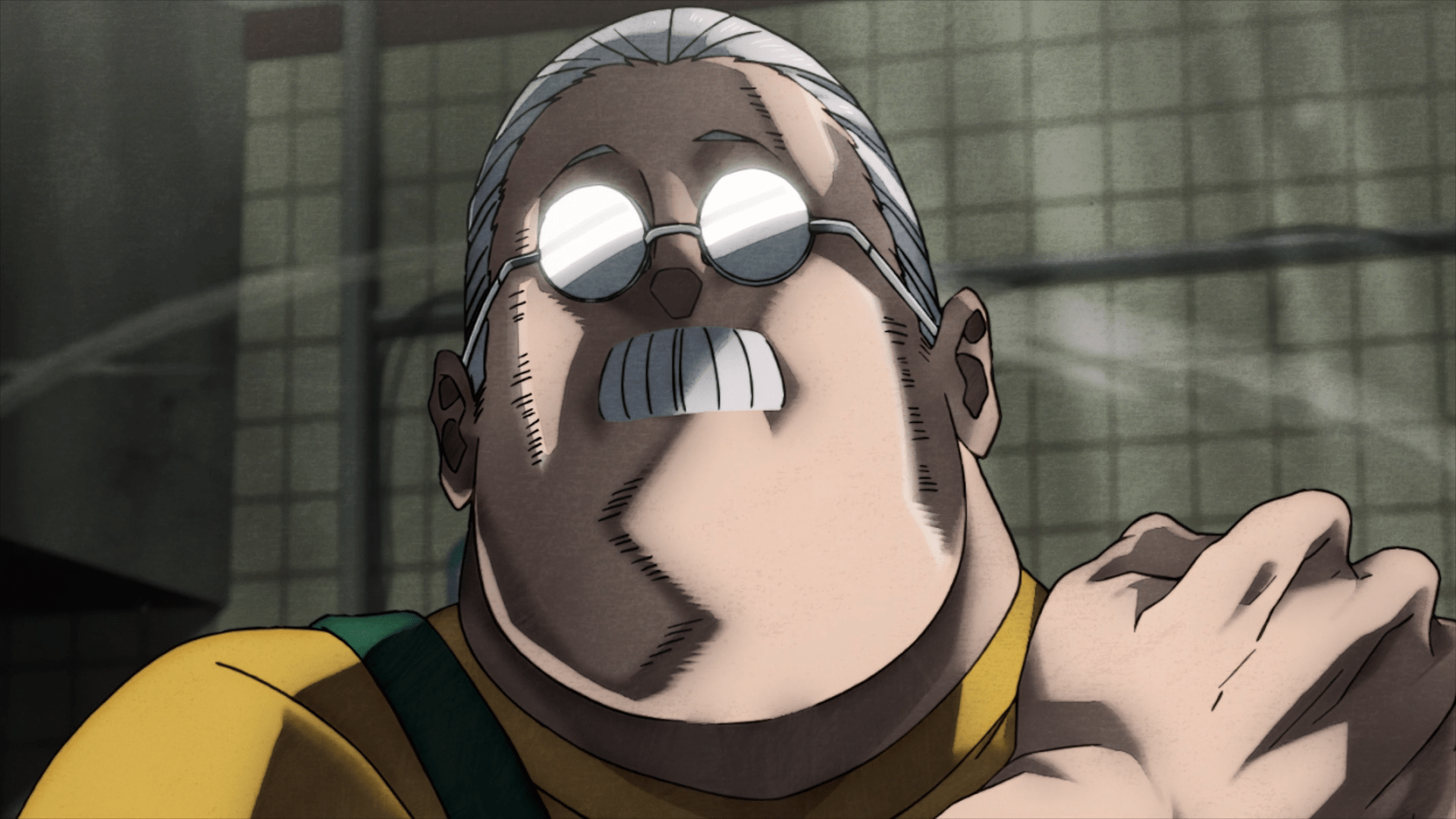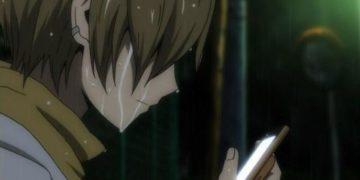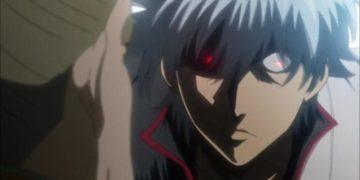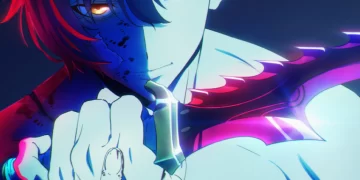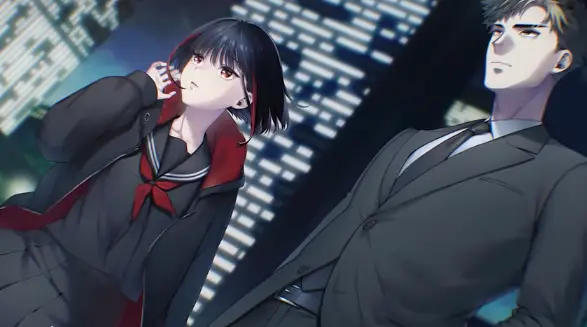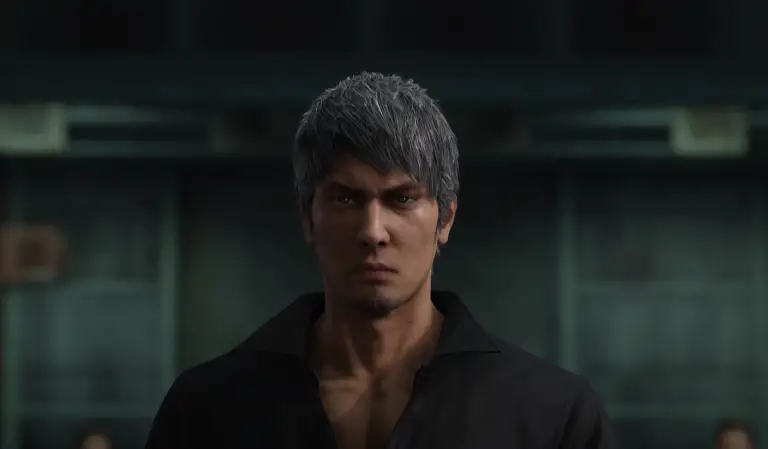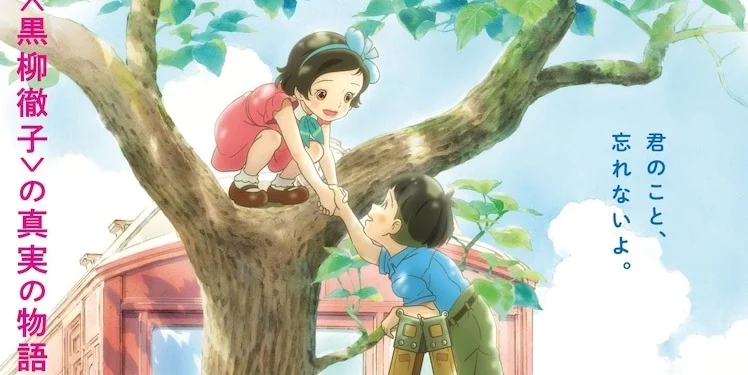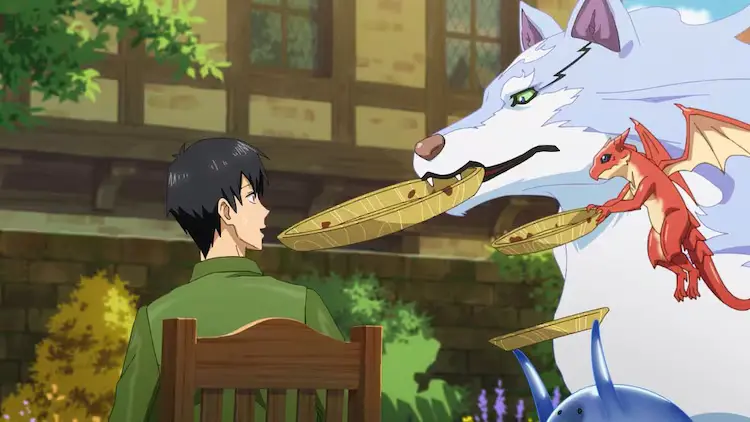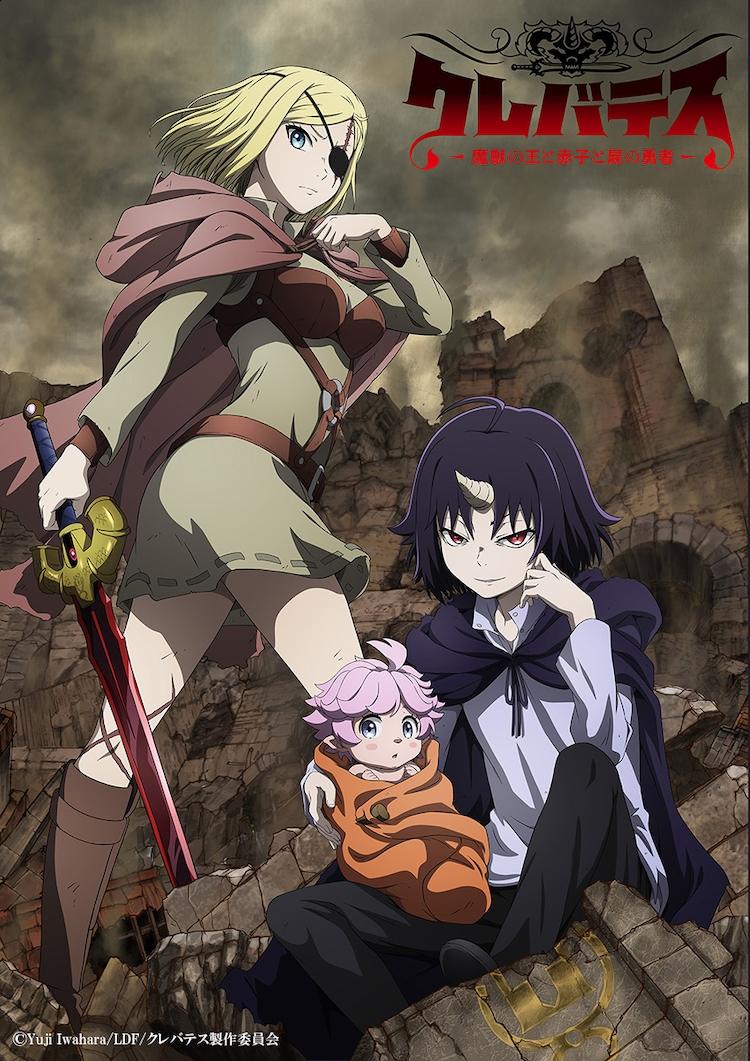Today, There’s a special video that combines the cool scenes from the upcoming Totto-Chan anime movie with a live performance by the NHK Symphony Orchestra. Watch it to see the main part of Totto-Chan: The Little Girl at the Window, featuring the New Symphony Orchestra and the NHK Symphony Orchestra rocking those scenes.
About a month ago, a new PV and movie poster (check it out below) were released for Totto-chan: The Little Girl at the Window, a movie based on on Tetsuko Kuroyanagi’s autobiography, “Madogiwa no Totto-chan” (Totto-chan: The Little Girl at the Window), has announced the release date and cast members. The anime film is set to premiere in Japan on December 8.
- Cast:
– Sousaku Kobayashi: Kouji Yakusho (Bakemono no Ko)
– Moritsuna Kuroyanagi: Shun Oguri (Captain Herlock)
– Asa Kuroyanagi: Anne (Anne Watanabe) (Sarusuberi: Miss Hokusai)
– Ooishi-sensei: Karen Takizawa (Kagami no Kojou)
Shinnosuke Yakuwa, known for directing Doraemon Movie 34 & 36, is directing the movie at Shin-Ei Animation. Yakuwa and Yousuke Suzuki are collaborating on the script, while Shizue Kaneko is in charge of character design, and Yuuji Nomi is composing the music.
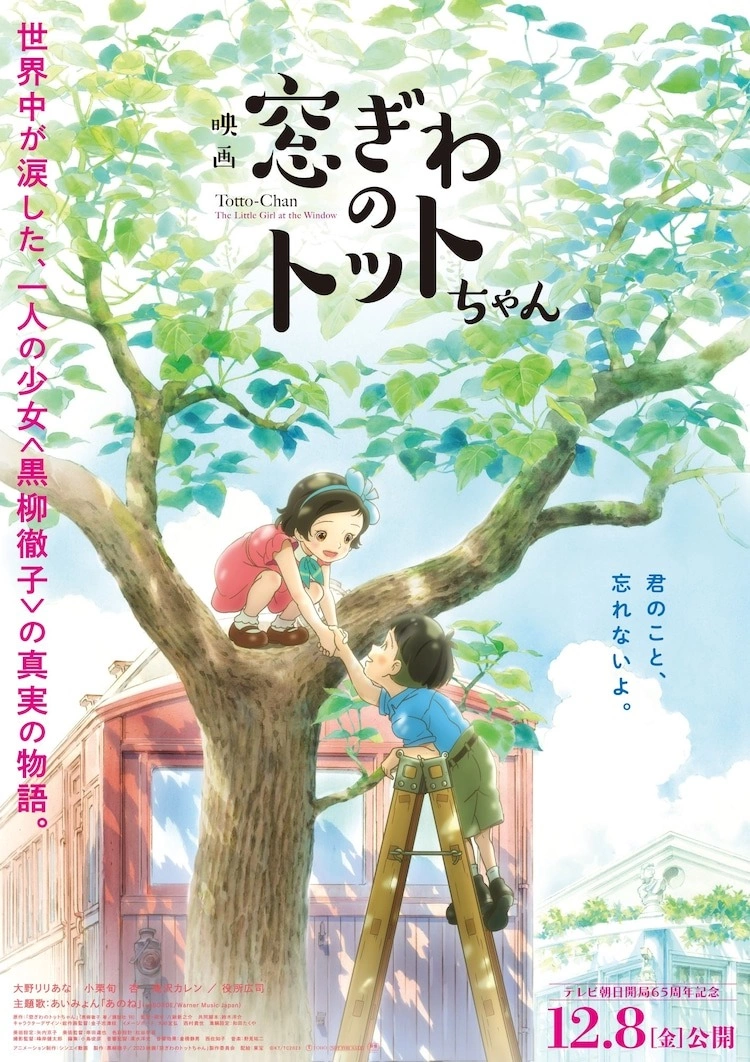
Kuroyanagi wrote “Madogiwa no Totto-chan” in 1981, and it quickly became a bestseller in post-war Japan. The novel has been published in 35 countries and received the Janusz Korczak Award in Poland in 1985.
- The story:
Totto-Chan revolves around an exceptional school in Tokyo during World War II, combining education with fun, freedom, and love. Sosaku Kobayashi, the founder and headmaster, ran the school with unconventional methods, using old railroad cars as classrooms. The engaging historical drama portrays Kuroyanagi’s childhood experiences at Tomoe Gakuen.
Totto-chan, the Little Girl at the Window is an autobiographical memoir by Tetsuko Kuroyanagi, a Japanese television personality and UNICEF Goodwill Ambassador. Originally published as (Madogiwa no Totto-chan) in 1981, it explores Kuroyanagi’s unconventional education during World War II at Tomoe Gakuen, founded by educator Sosaku Kobayashi. The Japanese title of the book refers to people who have failed.
Source: Natalie



